The art of shipbuiling with FIRE.
In the village of Moitaki we see more trees in the process of being transformed into a boat. The black one is about 15 meters tall. With fire the hull is shaped. It is complicated work. Under the boat a fire is made. In the hull of the ship there is water. Sticks are put to widen the shape by force. The fire has to be carefully watched and controlled so it doesn't burn through the hull. When it is coolded down again, the wood stays in the fixed position. And you have a great vessel, provided by mother nature.
The village as a yard. All space in traditional Marroon village is open space. It doesn't mean it is accessible for everyone. Certain zones are for specific and private customs, so a visitor is not welcome here. Somehow it feels like one shared space. How does the village adapt to modernity? Is the traditional set up only possible for a traditional lifestyle? Everyone is linked to one another, it feels like a big family. The villages are very densely built, a house is very close to its neighbors. Everything is to be shared.... There is an issue with privacy that you notice when you visit the village as guest. You feel like an invader... in someone else's private space.
Over the years many people have left the village for education, a career and a life elsewhere. Sometimes they return when they retire. It brings new life and creates new possibilities. Good for the village one could think. But along with the modern lifestyle the introduction of privacy and property is a new phenomena in the fragile urban structure. Look at the photo. At the edge of this village new houses are being built. The new is in conflict with the old, the traditional urban plan of the wide open shared space. The new buildings are of a modern style and cannot relate to the original Marroon style and traditional communal lifestyle. The people who return bring back a different set of values. A big fence is erected to separate themselves from the village. A true clash... How to make a bridge?
All machines and engines to get the gold use up tons of energy, gasoline and electricity. Big Korjalen (boats made from the log of a tree) can transport up to 40 barrels of Gasoline. One barrel has 250 liters of Petrol. One big logistic and ecological nightmare, if you ask me. There is no system of control on the use of mercury and nobody payes any tax. "Paying tax is for losers", one guy told us. "I am here for me!"
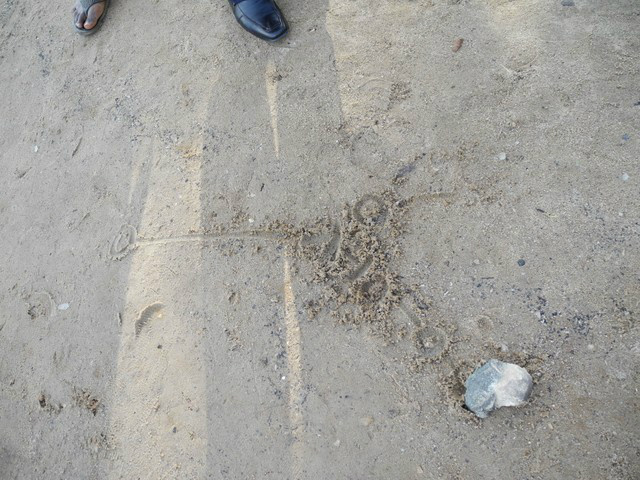
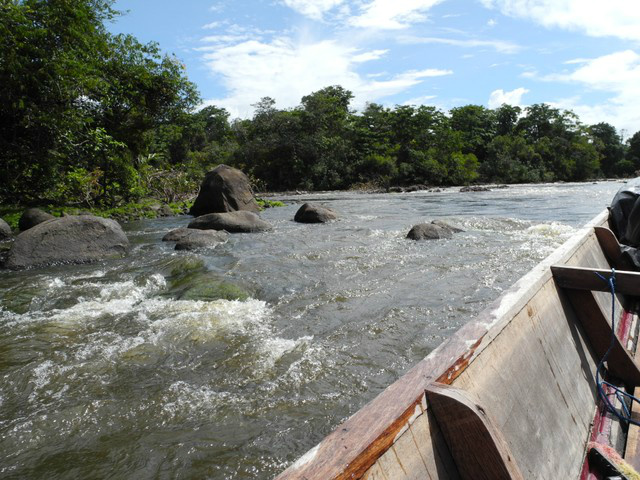
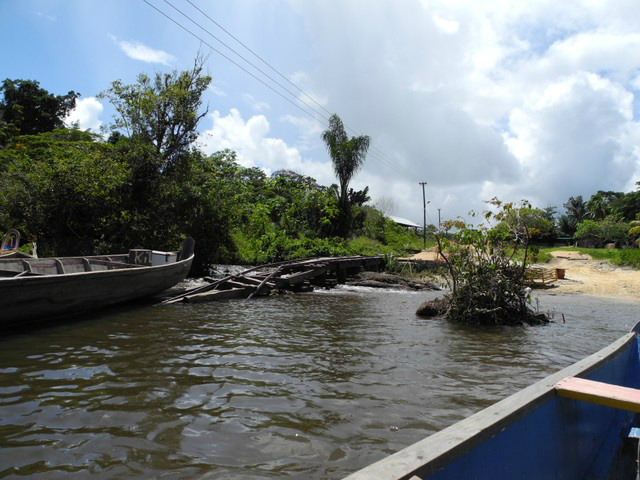
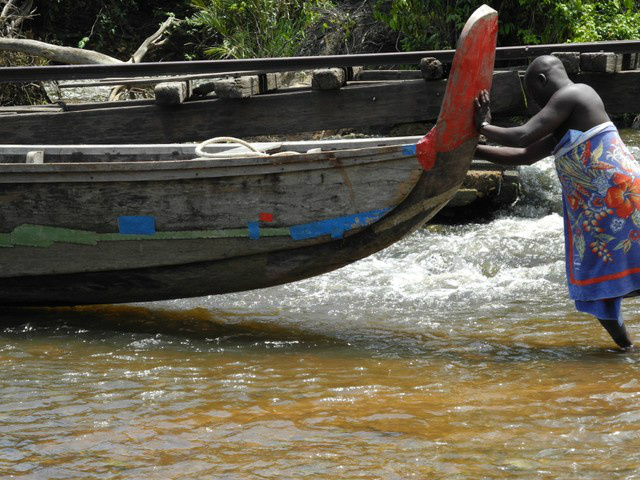
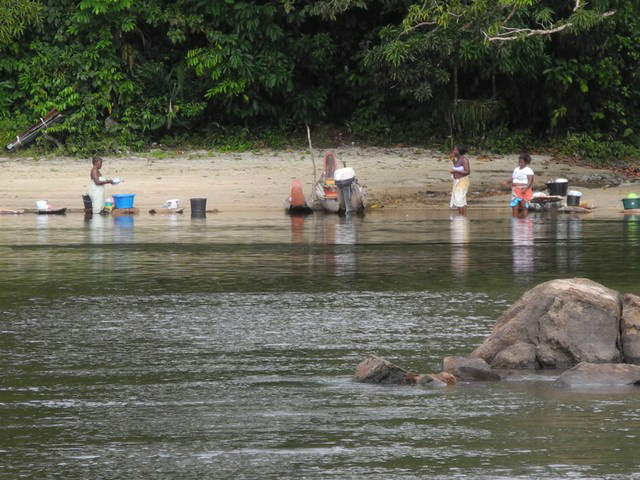
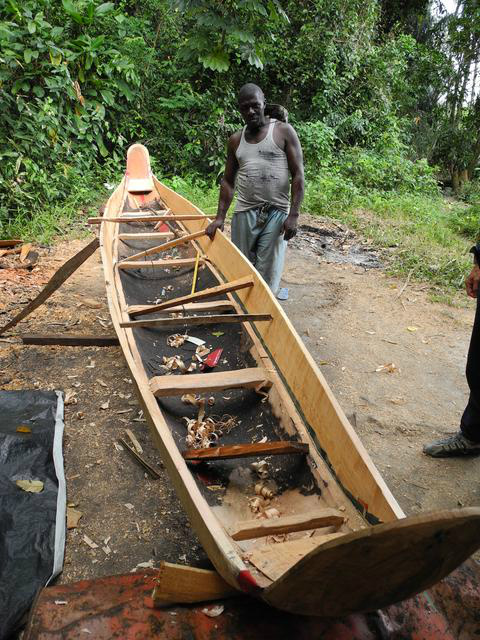
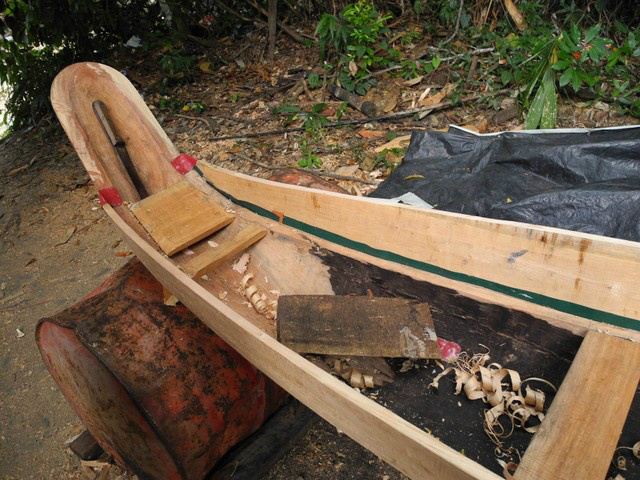
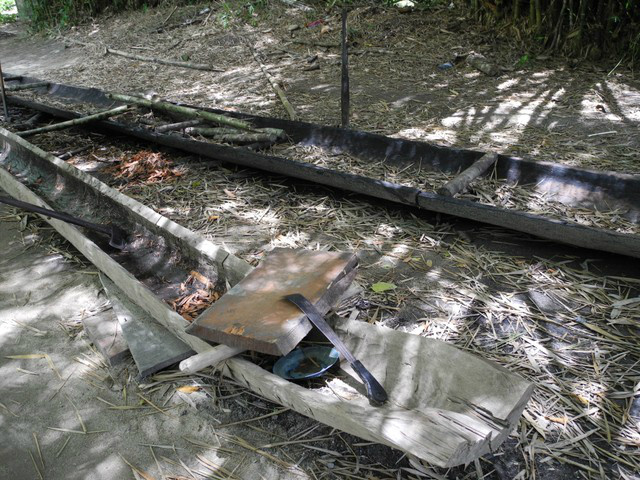
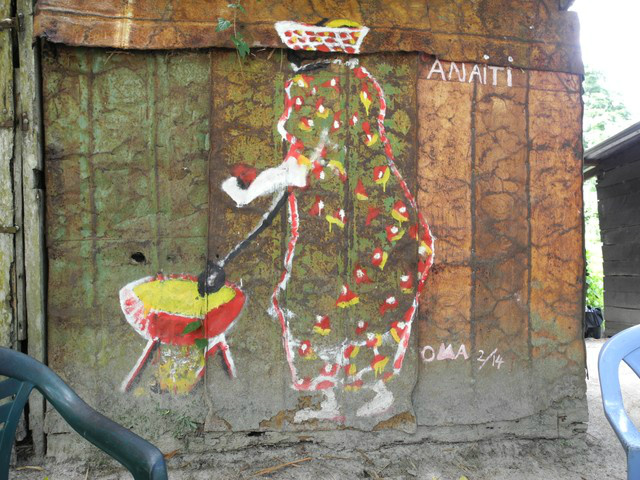
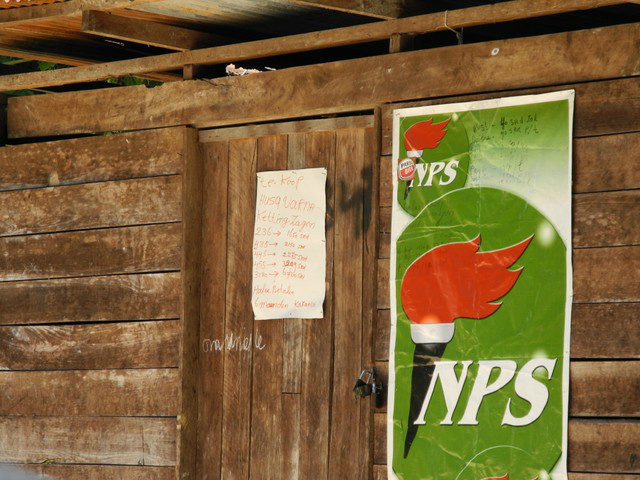
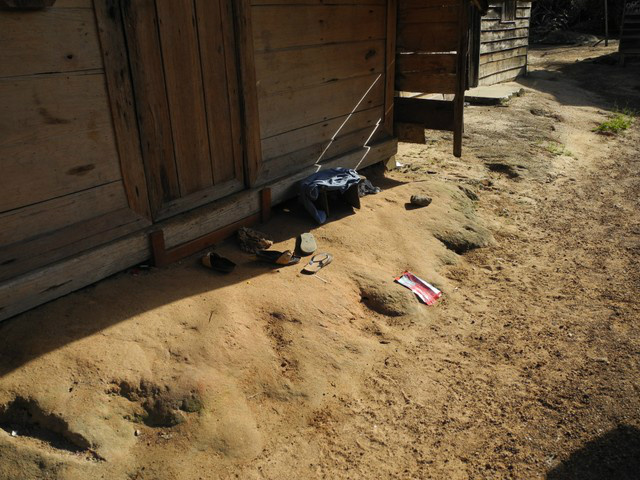
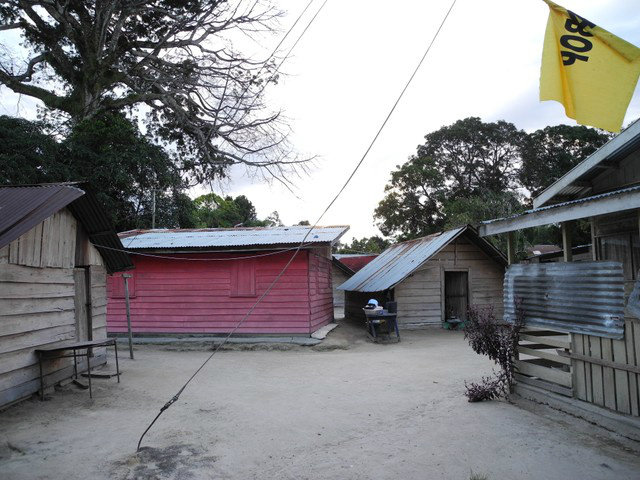
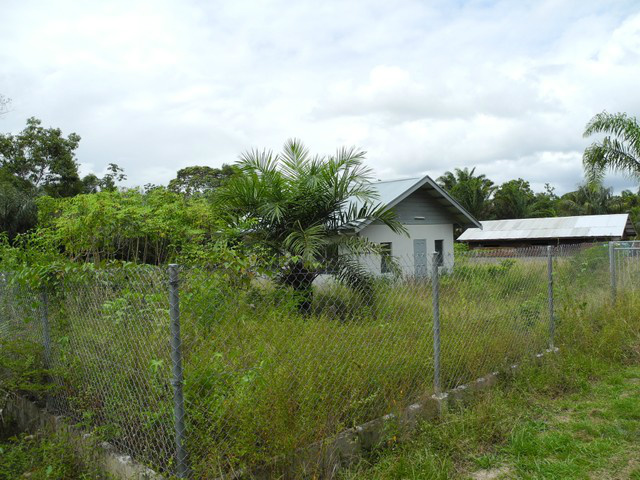
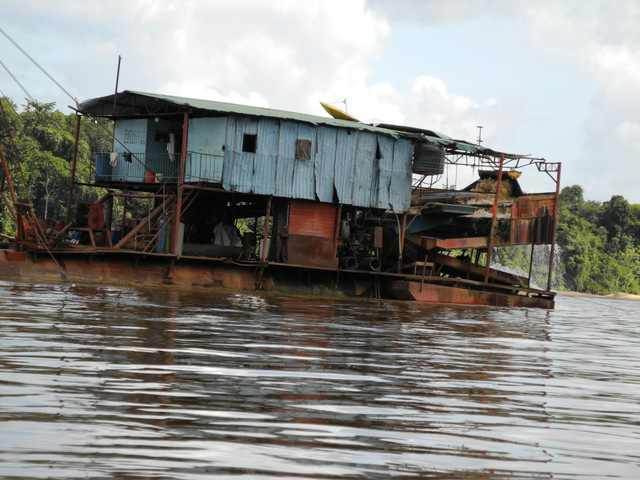
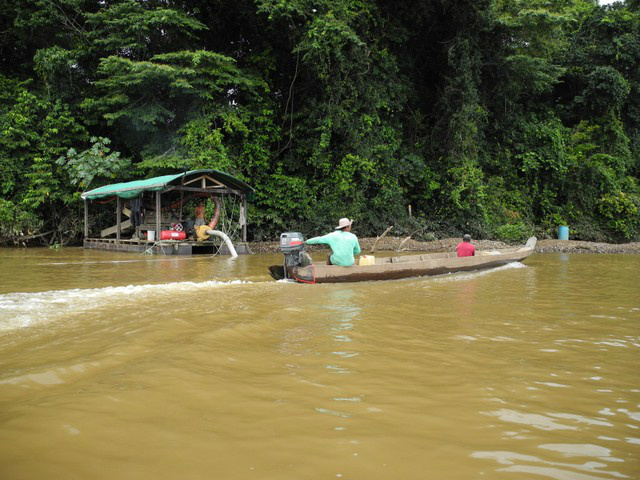
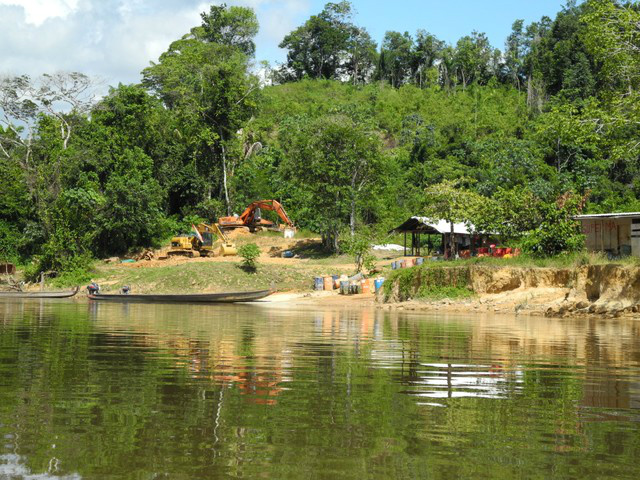
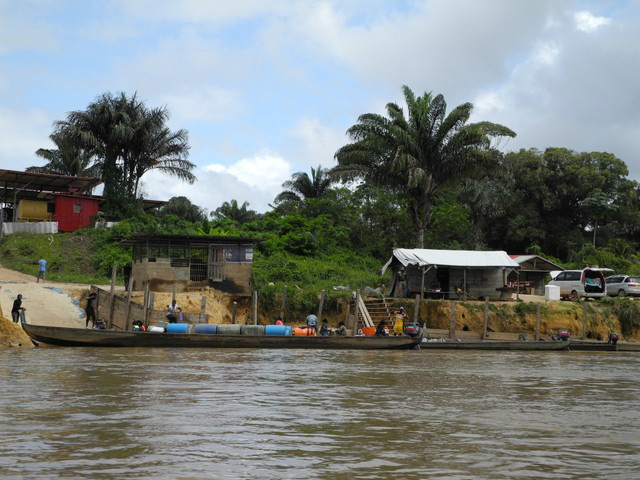
Meest recente reacties
ik zou graag illen weten wie de oudste geborernde in levenzijnde mogonees is
Dag Bart en Klaar!
Wij hebben jullie ontmoet bij de radio uitzending Kunst is Lang.
Ik vroeg me af hoe ik met jullie in contact kan komen in de toekomst! werkt het op deze manier? groet Eva
super trip for you , thank you beri beri much four sharing with us fans.....many greetings and best wishes to you and your loved ones...

Beste Bart en Klaar, Ik verblijf nu op Moengo en ik vroeg me af waar jullie je informatie over stafdorp en happyland etc vandaan hebben gehaald want daar zou ik graag nog meer over lezen! Alvast dank